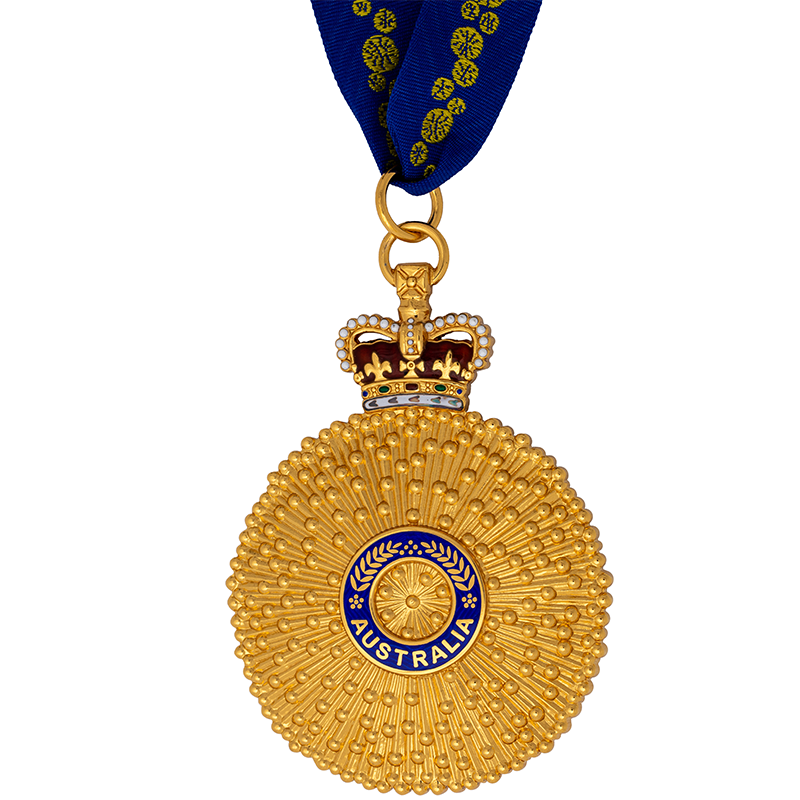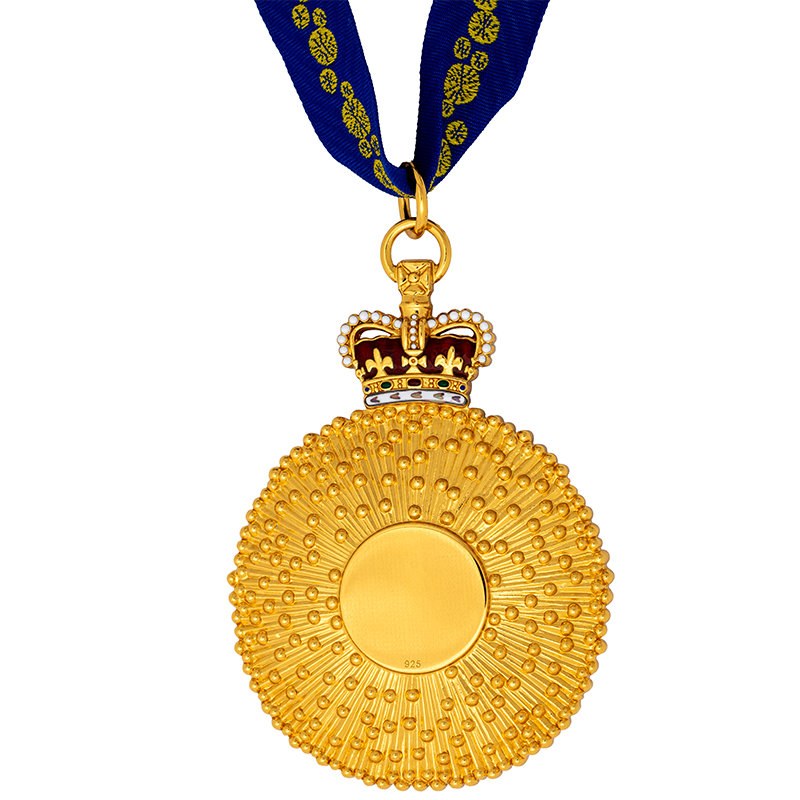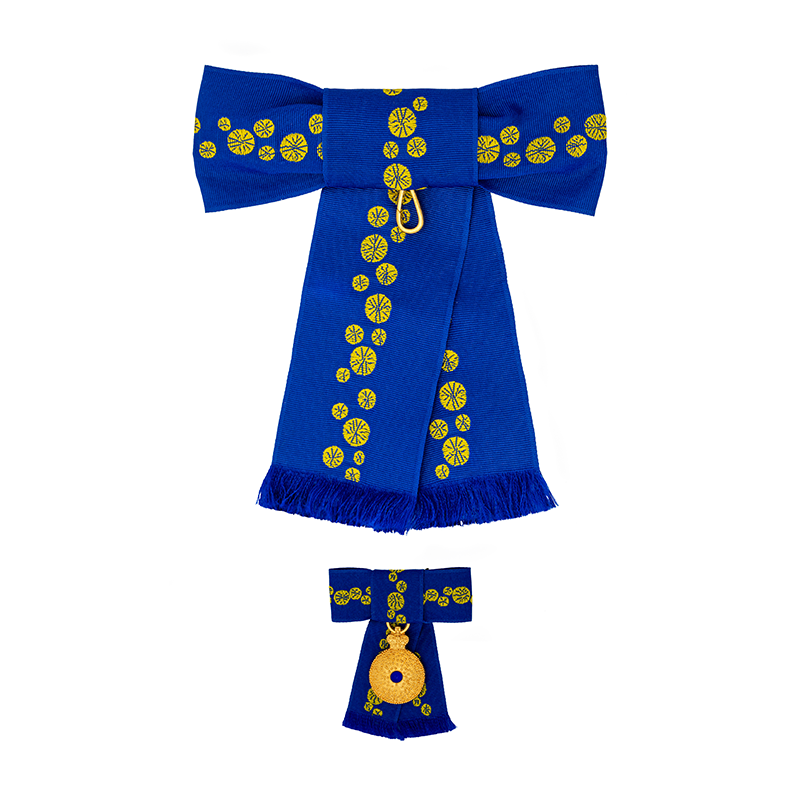In the Australian honours system appointments to the Order of Australia confer the highest recognition for outstanding achievement and service. There are two divisions of the Order of Australia: the Civil or General Division and the Military Division.
There are two divisions of the Order of Australia: the Civil or General Division and the Military Division. The Order of Australia has four levels:
- Companion of the Order (AC)
- Officer of the Order (AO)
- Member of the Order (AM)
- Medal of the Order (OAM)



How it is awarded
The Order of Australia is the pre-eminent way Australians recognise the achievements and service of their fellow citizens.
Nominations for awards in the General Division of the Order of Australia come directly from the community. Nominations are considered by the Council for the Order of Australia which makes recommendations directly to the Governor-General.
Appointments in the Order of Australia are not made posthumously. However, a nomination will be considered if the person is alive when the nomination form is received by the Australian Honours and Awards Secretariat at Government House in Canberra.
The Governor-General makes appointments to the Military Division of the Order of Australia on the recommendation of the Minister for Defence.
Honorary appointments in the Order of Australia may be made to people who are not Australian citizens where they have given extraordinary service to Australia or humanity at large.
Council for the Order of Australia
The Council for the Order of Australia is an independent body that considers nominations for appointments and awards in the General Division of the Order.
The Council makes recommendations for appointments directly to the Governor-General.
The Council considers whether a nominee in the Order of Australia has:
- demonstrated achievement at a high level
- made a contribution over and above what might be reasonably expected through paid employment, or
- whose voluntary contribution to the community stands out from others who have also made a valuable contribution.
The Council meets twice a year. There are 19 members including representatives of every state and territory, public office holders (ex-officio) and community representatives.
The community representatives on the Council are appointed by the Governor-General on the recommendation of the Prime Minister.
Announcements
Appointments in the Order of Australia are generally announced in January and June each year.
Important information about making a nomination
Anyone can nominate an Australian citizen for an award in the Order of Australia. The nomination may come from an individual or a group.
The nomination should include an outline of how the nominee has made a significant contribution to the community. Contact details for the nominator (the person making the nomination), the nominee and four referees who can directly comment on the nominee's contribution and achievements also need to be provided.
All nominations are confidential. The person being nominated should not be advised of their nomination or approached for information at any stage.
The information on the nomination form is strictly for the Council for the Order of Australia to assess the nominee.
The Australian Honours and Awards Secretariat processes nominations in order of receipt.
Consideration of a nomination can take between 18 months and two years.
Nominators will be contacted approximately one week prior to the official publication of the honours list for which the nomination was considered.
Successful nominees receive a written offer of an award in the Order of Australia.
Nomination form
The Order of Australia nomination form can be accessed via the Governor-General’s website.
History
The Australian system of honours and awards was established in 1975. At this time Queen Elizabeth II approved the institution of the Order of Australia: 'an Australian society of honour for according recognition to Australian citizens and other persons for achievement or meritorious service'.
Prior to 1975 Australians were recognised under the British honours system, also known as Imperial awards.
The King is the Sovereign Head of the Order of Australia and the Governor-General as Chancellor is charged with the administration of the Order. The Official Secretary to the Governor-General is the Secretary of the Order of Australia.
From 1976 to 1986 and 2014 to 2015 there was provision for the appointment of Knights and Dames in the Order of Australia.
Medal design
The medal of the Officer of the Order of Australia is a badge with a gold-plated silver insignia of the Order in the centre.
The central insignia is circled with blue enamel edged in gold and is inscribed with the word ‘Australia’ in gold capital letters. The circle also contains two gold sprigs of mimosa.
The insignia is ensigned with the Crown of St Edward in full colour.
The medal is hung from the ribbon of the Order. It is royal blue with a central band of mimosa blossoms.
